Present Perfect Simple and Present Perfect Continuous

About course
Are you eager to master the rules of using Present Perfect Simple and Present Perfect Continuous effortlessly? Look no further, as we have a perfect online lesson for you. It will unveil the essence of utilizing Present Perfect Simple and Present Perfect Continuous.
What makes this platform unique? Firstly, we have developed a special illustrative video that vividly demonstrates situations where Present Perfect Simple and Present Perfect Continuous are employed. This visual aid will facilitate your comprehension of the rules and their practical application.
But that's not all! Our interactive platform allows you to test yourself and identify any errors in using Present Perfect Simple and Present Perfect Continuous. We have designed specific tasks to help you solidify your knowledge, along with visual tools to detect and rectify any shortcomings in your usage.
No more wasting time on tedious textbooks or convoluted explanations. Our lesson is well-structured and easily understandable, allowing you to focus on practice and actively employ Present Perfect Simple and Present Perfect Continuous.
Learn effectively and unleash your potential with the English language!
-
Level: Intermediate
-
20 minutes
- 1 lesson
-
8 tasks
-
Teacher's language: English
-
Interactive exercises
-
Video
Course program
1 LESSON
Present perfect simple vs continuous
A video that illustrates the use of grammar in context
Video script
You can use a script for better understanding
Tasks
Ten different exercises to reinforce the rules
Who is this course for
Students and schoolchildren who want to improve their skills in using Present Perfect Simple and Present Perfect Continuous in written and spoken English.
English language teachers who wish to update their knowledge and teaching methods for these tenses.
Professionals who actively use English in their professional field and strive to enhance their grammatical accuracy and expressiveness.
Anyone who wants to confidently grasp the rules and nuances of using Present Perfect Simple and Present Perfect Continuous and apply them in everyday life.
What will you get after the course
After completing the Present Perfect Simple Vs Continuous course, you will gain a deep understanding of the difference between Present Perfect Simple and Present Perfect Continuous. You will be able to use these tenses confidently in a variety of contexts and sound intelligent.
-
Level: Intermediate
-
20 minutes
- 1 lesson
-
8 tasks
-
Teacher's language: English
-
Interactive exercises
-
Video
Grammatical rules of English are often the most challenging aspect that students of the language courses encounter. In other words, English can be daunting due to its vast number of tenses, which not every foreigner can easily understand and remember. However, in reality, English tenses are not really complex. The key is to have clear explanations readily available, such as our course from Booyya, and to dedicate some effort to studying them and completing the suggested exercises. It’s also advisable to move towards your goal step by step. Therefore, today we will exclusively focus on two perfect tenses – Simple and Continuous.
The main differences between the Present Perfect and Present Perfect Continuous tenses in English
These two tenses have a lot in common, making it quite difficult to distinguish between them. They are both used to indicate an action that started in the past and is still ongoing, or that has recently ended. Here are the differences between them:
- Result vs. duration. The Perfect Simple tense is used to emphasize the result of an action that started in the past. For example, when discussing the fact that we have already seen a movie and did not like it – meaning the process of watching was earlier, but its result in the form of negative impressions remains with us now. However, when using Continuous, we always emphasize the duration of the event or action. In the movie example, we would say: “I’ve been watching this movie all evening because it’s a director’s cut and it’s 3 hours long”.
- A lot or a long time. You can identify the Simple tense by asking the questions “How much?” and “How many?”. But, sentences in the Perfect Continuous always emphasize duration or directly answer the question “How long?”. To ask a hotel neighbor how long he has been living here, you should use Continuous. To ask about his spendings on vacation for the past week, use Simple.
- If we talk about life experience, then it’s Simple. Use it when you want to talk about something from your past that is still relevant today. In this case, you will most likely need the words “ever” and “never”. For example, with their help, you can say that you have never been to Greenland or ask the interlocutor if he has ever been to this country.
Differences in the sentence structure
It is even easier to notice the difference between Present Perfect and Present Perfect Continuous by sentence structure:
- when using the Perfect Simple, the auxiliary verb have or has appears in the sentence, depending on the person, as well as the third form of the main verb (in the case of using regular verbs, the ending -ed is added to them);
- we form the Perfect Continuous tense not only with the help of “has” or “have”, but also by using the word “been” and a main verb with the ending -ing.
Let’s consider some examples for the Perfect Simple:
- I have already read this book.
- How many pieces of pie have you eaten today?
- I've already done my homework.
And this is how the Perfect Continuous can be used in English:
- I’ve been working here for 3 months.
- How long have you been living here?
- How long have you been attending yoga classes?
Let’s learn the peculiarities of using the Present Perfect and Present Perfect Continuous with the help of a course from Booyya
It is the easiest way to learn the foreign language grammar when you have an interesting and interactive explanation created by a team of professional teachers. That’s what Booyya’s course is all about, helping you understand the difference between the two present perfect tenses – Continuous and Simple. This course offers several features at once:
- explanations in the form of a captivating video – it not only illustrates grammar rules and explains their logic but also provides examples of the use of the Simple and Continuous Perfect tenses;
- video script availability – if it is difficult for you to understand the English language by ear, you can use the text script of the video, which will help you understand the most difficult points;
- exercises to consolidate the acquired knowledge – watching the video will only give you a general idea of the Perfect or Perfect Continuous. To remember new information, it is important to work with examples and make sentences by yourself in different tenses;
- access to an interactive textbook – your lesson with grammatical explanations of the Continuous and Simple tenses is located on the Booyya platform, accessible even from a smartphone, along with exercises;
- only one lesson – all the information is brief and included in one lesson, which can be completed in an hour (however, we recommend that you revisit it the next day and then again in a week to better consolidate new knowledge).
The course is designed for children and adults studying at the Intermediate level. Its main advantage is the opportunity to learn and submerge in the English language independently and at your own pace. You can use this course both as an opportunity to fill in the gaps in understanding of the Perfect Continuous and Simple tenses, and as an additional source of information during your studies at school or in a language course.
This course will also be useful for English teachers and tutors, as it provides a ready-made and interesting lesson that eliminates the need to spend time on preparation.
- access to all 209 English courses on the platform, except for the English PRO series
- 2 - 4 new courses every month
- exclusive access to SUBSCRIPTION ONLY courses
- access to the Smarte+ - smart online tool for English practice
- unlimited studying for the selected period
- access to self-study English plans
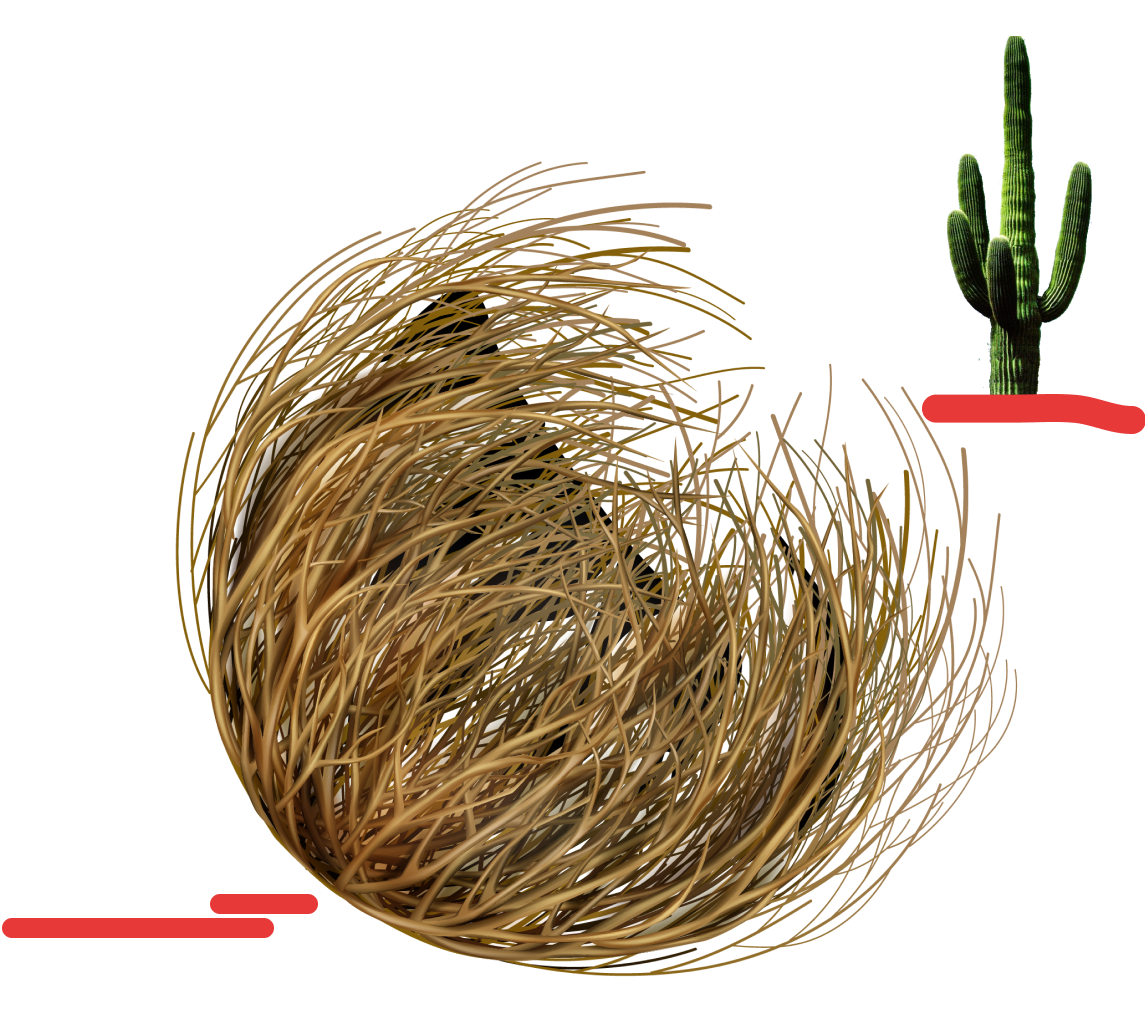








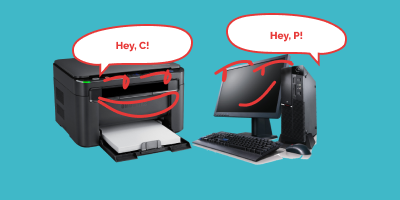

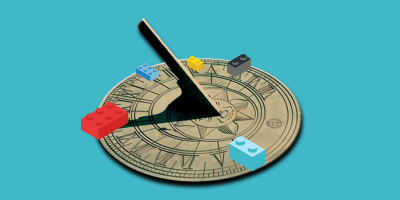








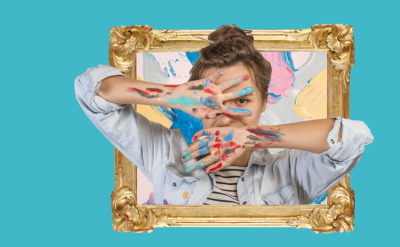



.png)
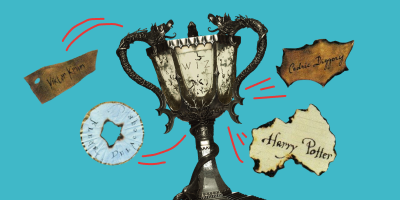
.png)
